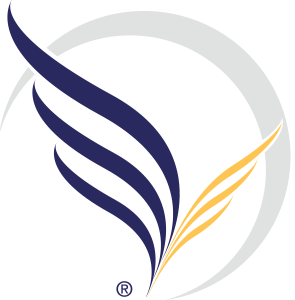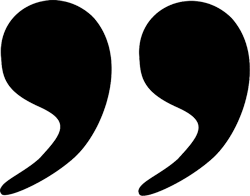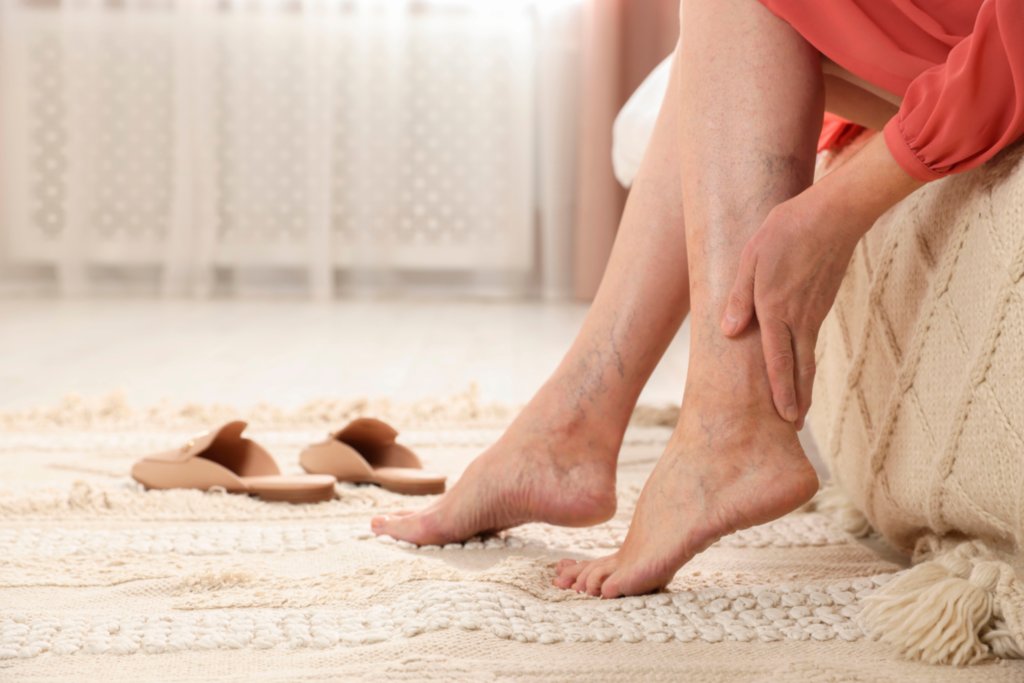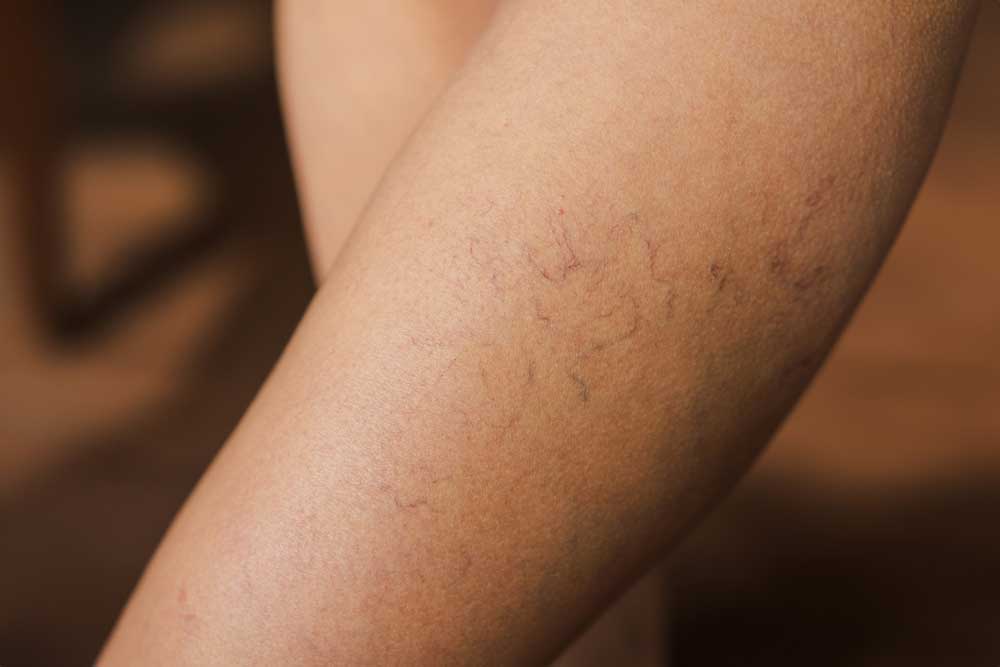“I don’t care how they look I just want my legs to stop hurting.”
Leg pain is one of the top reasons for seeking medical care for vein disease.
Yet pain is just one of many symptoms seen with vein disease.
Other symptoms include:
- Itching,
- Patchy numbness,
- Heaviness and fatigue in the legs,
- Burning and
- The sensation of water dripping or something crawling on your legs when there is nothing there.
Although vague these symptoms may be as common as pain in patients with varicose and spider veins.
Leg pain can vary from mild to severe. The character and location of the pain can help to determine if the pain is vein related or from another problem. Other sources of leg pain include nerve pain or neuropathy as seen with diabetes.
A herniated lumbar disc with a pinched nerve can cause burning or shooting pain from the low back into the thigh and leg. Orthopedic problems with the hip and or knee can cause pain in the thigh and leg. If your leg pain is worse at night it can cause sleep deprivation and fatigue.
Arterial disease or PAD is a blockage in the peripheral arteries which causes cramping pain in the buttock, thigh and legs with exercise and improves with a period of rest. This pain is known as claudication and is similar to coronary artery disease with angina.
As PAD progresses, it can cause pain in the foot and leg at ‘rest pain.’ The simple act of lying flat in bed affects the oxygen supply to distal tissue with foot pain which is relieved by dangling the foot off the bed. Non invasive test are available to determine if PAD is causing claudication or rest pain.
If you have visible varicose and spider veins with leg pain you or your primary physician may make the association and recommend conservative care and a consult with a phlebologist. However, some people with vein disease have no visible varicose or spider veins and leg pain in these situations may be missed by you and your physician.
Research on why vein disease causes leg pain and other symptoms is a matter of continuing research. We do know that venous disease affects the nutrition of the skin and other structures of the legs which may account in part for these symptoms.
If the source of your leg pain is unclear after a vein screening with a phlebologist a trial of conservative care including: exercise, elevation, healthy weight management and the use of compression socks can be used a test. Those symptoms that improve with conservative measures are most likely from your veins. Symptoms that do not improve are most likely from another source.
If you have the symptoms of varicose veins or vein disease don’t let them keep you from a good night’s sleep.
Call your phlebologist for an appointment to determine if you have vein disease and what can be done to treat it.
If You Live in GA Call (800) 764-3280 to get Help!









